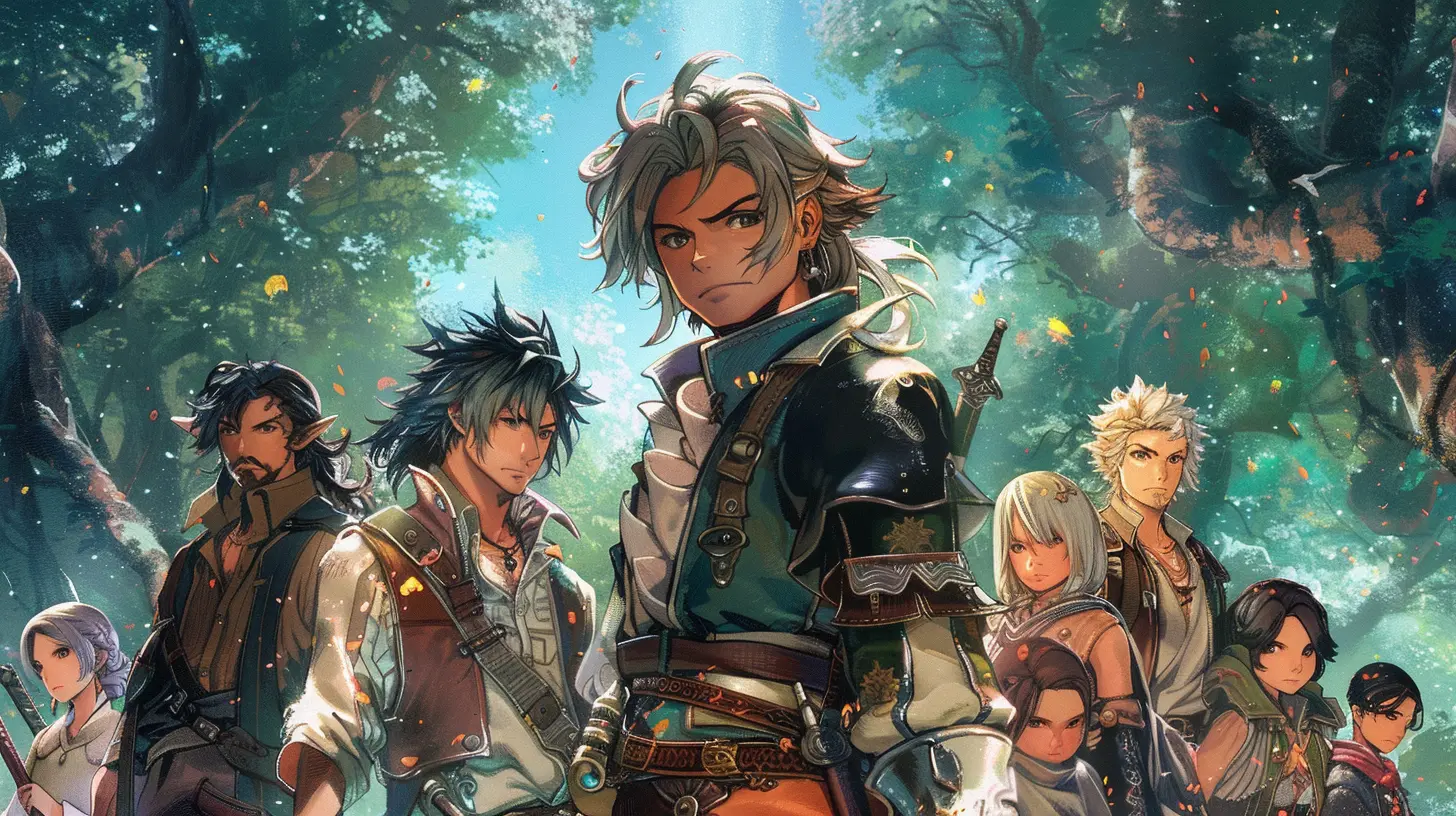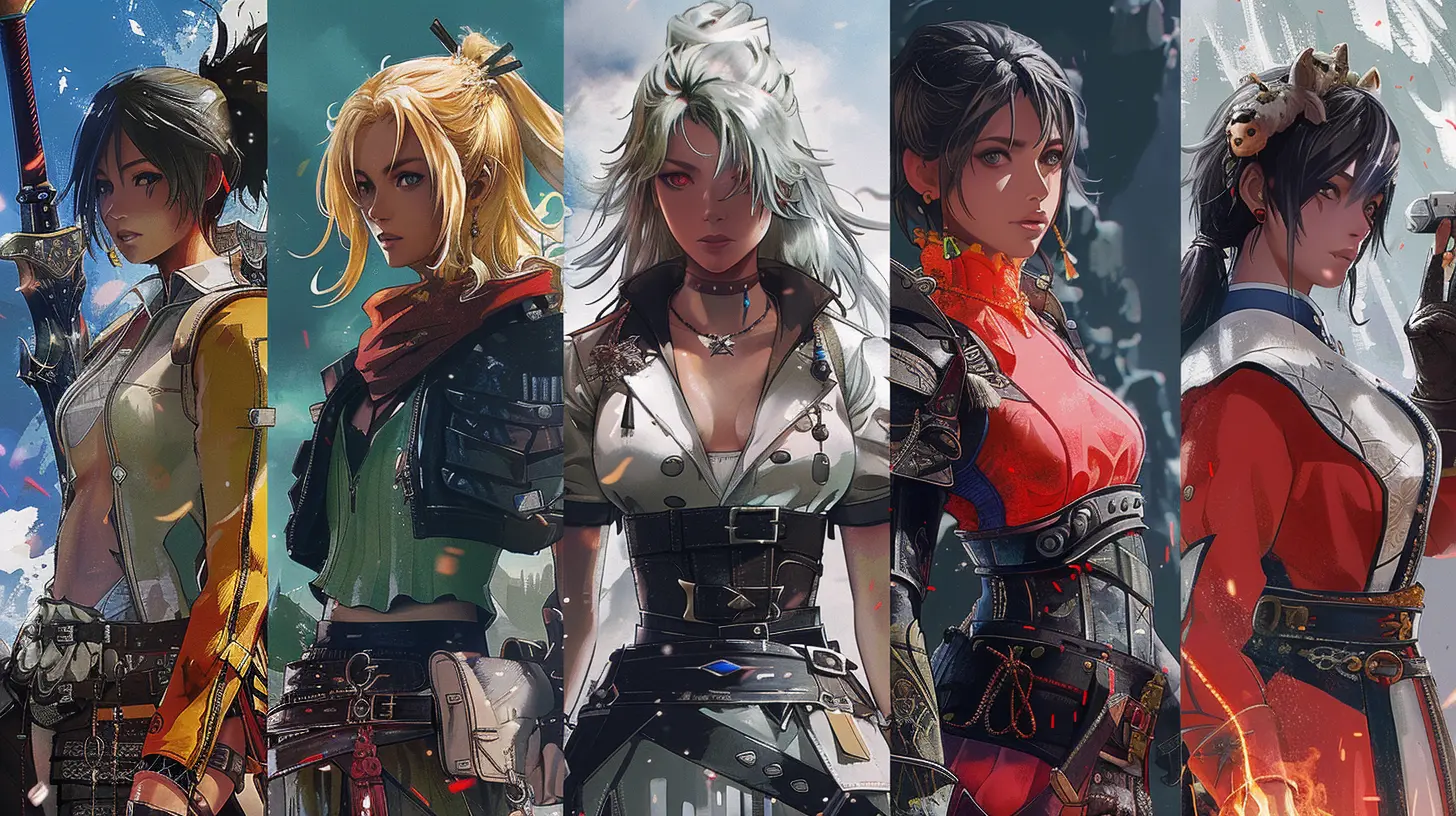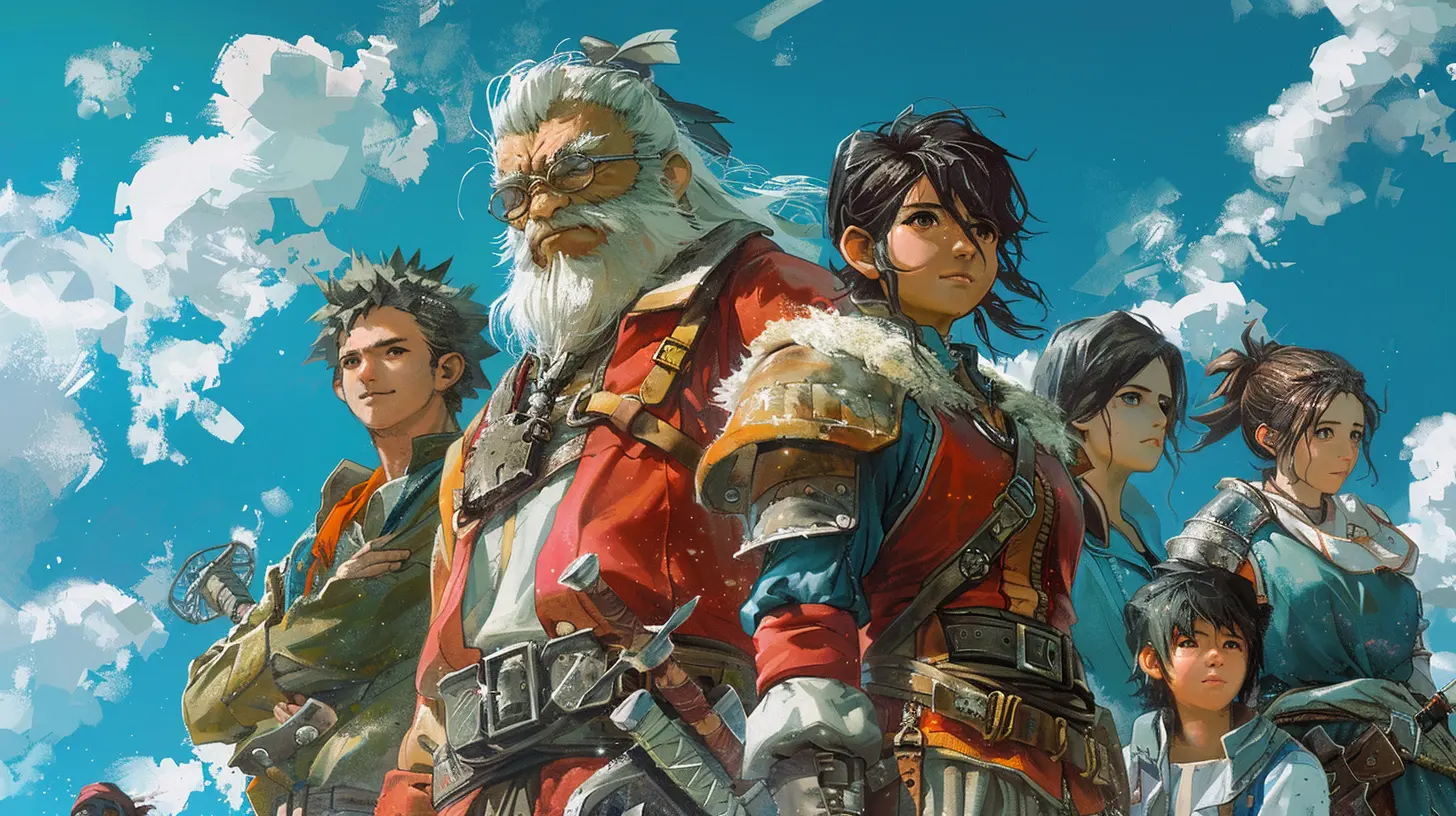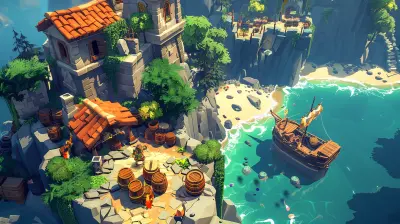The Evolution of Character Progression in JRPGs
4 July 2025
When it comes to video game genres, few are as iconic or cherished as the JRPG (Japanese Role-Playing Game). These games are like time capsules, transporting us to fantastical worlds filled with compelling stories, memorable characters, and exciting adventures. But letâs be realâwhat truly hooks us in, beyond the fancy spells and epic boss battles, is watching our characters grow stronger. After all, nothing says satisfaction quite like turning that measly sword-swinging farmhand into a god-tier warrior capable of slaying dragons with a flick of the wrist.
Character progression in JRPGs has come a long way over the decades, evolving alongside the genre itself. From the simple days of leveling up to modern systems that require you to strategize your every move, this evolution has kept the genre fresh and exciting. So, grab a potion and sit tight; weâre about to dive into the fascinating journey of how character progression in JRPGs has changed over time!
What Is Character Progression in JRPGs?
Before we dive into the glow-up story of character progression, let's get on the same page about what it actually is. At its core, character progression is how your characters grow more powerful over the course of the game. Whether theyâre gaining levels, learning new abilities, or equipping shiny new gear, itâs all about becoming stronger, better, faster (cue Daft Punk).Itâs that dopamine hit when your mage finally learns "Ultima" or when your tank unlocks the ability to shrug off even more absurd amounts of damage. Itâs the thrill of seeing numbers go up, skills expand, and your party become a force to be reckoned with. But how did we go from super basic "grind-until-you-level" mechanics to intricate progression systems that sometimes feel like college courses? Letâs rewind to the past.
The Retro Grind: 8-Bit Beginnings (1980s)
Letâs throw it back to the â80s when JRPGs first burst onto the scene. Games like Dragon Quest and the original Final Fantasy showed us how thrilling it could be to guide a ragtag group of adventurers through dungeons, towns, and castles. Back then, the formula for character progression was straightforward: grind, level up, rinse, repeat.Your characters leveled up every few fights, stats increased incrementally, and maybeâjust maybeâyouâd unlock a spell or ability if you were lucky. Thatâs it. No skill trees, no crafting systems, no fancy mechanics. Simple, yesâbut also brutally addictive.
Grinding was the bread and butter of these early JRPGs. Sure, sometimes it felt like you were stuck in a never-ending hamster wheel of random encounters, but when you finally gained a level? Chef's kiss. That sweet sense of accomplishment was worth every step through monster-infested terrain.
The Golden Era: The Rise of Customization (1990s)
Fast forward to the â90sâbless this era, by the way, because it gave us so many classic JRPGs. This was when character progression started to get a little more nuanced. Developers began experimenting with customization systems that gave players more control over how their characters grew.Take Final Fantasy VI, for instance. Sure, traditional leveling up was still a thing, but then you also had Espers. Equip an Esper, and bam! Your characters could learn specific spells and even gain stat boosts upon leveling. Suddenly, you werenât just passively watching numbers go up; you had to think about how to grow your characters.
And letâs not forget Chrono Trigger, which shook things up with its combo-based Techs. Character progression wasnât just about numbers anymoreâit was about unlocking team synergies and experimenting with strategies. The â90s was when JRPGs discovered that variety was the spice of life, and customization became a big deal.
Skill Trees and Sphere Grids: The Turn of the Millennium (2000s)
Ah, the 2000sâwhere JRPGs really started to flex their creative muscles. This era saw the introduction of progression systems that felt as much like puzzles as they did gameplay mechanics. The move from simple leveling to intricate systems was like graduating from coloring books to building IKEA furnitureâmore effort, but oh-so-rewarding.Remember the Sphere Grid in Final Fantasy X? It turned leveling into an interactive board game where you selected which stats or abilities to boost, forcing you to decide which path your characters would take. One misstep, and you might waste valuable resourcesâbut get it right, and your party felt invincible.
Then you had games like Shin Megami Tensei: Nocturne and Persona 3, which leaned heavily into fusion systems. Progression wasnât just about growing one character; it was about combining creatures, personas, or demons to create even more powerful allies. It was like PokĂ©mon breeding, but way more intenseâand letâs be honest, a little overwhelming at times.
Skill trees also became huge during this period. Games like Tales of Symphonia and Star Ocean: Till the End of Time allowed players to branch out their charactersâ abilities, letting them specialize in specific roles. Characters werenât just blank slates anymoreâthey became intricately tailored tools in your toolbox.
Modern Complexity: The 2010s and Beyond
If the 2000s laid the groundwork for innovation, the 2010s said, âHold my Elixirâ and went wild. At this point, character progression systems became almost overwhelming in their complexity. Games wanted to give players all the controlâand I mean all. It was both awesome and a little daunting if we're being real.Take The Legend of Heroes: Trails of Cold Steel series. Progression here revolves around Quartz customization, where you slot different orbs into your characters' Arcus units to give them specific abilities or buffs. Itâs like decking out your car with nitro fuels and turbo enginesâonly itâs your anime protagonist, not a racecar.
Then thereâs Final Fantasy XV, where progression ties into both traditional leveling and an intricate Ascension Grid. Oh, and donât forget to eat before every boss battleâbecause food gives you buffs. Yes, food. Talk about immersion.
Modern JRPGs have also leaned heavily into open-world mechanics. Games like Xenoblade Chronicles combine exploration, crafting, and skill management into one sprawling tapestry. Youâre not just leveling up; youâre forging your own adventure, tailoring each character into a specific role, and managing a thousand other systems along the way.
Character Progression Today: Choose Your Flavor
Today, JRPGs offer a buffet of progression systems to suit every kind of player. Prefer old-school grinding? Youâve got games like Octopath Traveler with its retro-inspired mechanics. Want something wildly complex? Titles like Disco Elysium (though technically more of a hybrid) will keep your brain buzzing for hours.And we havenât even touched on multiplayer JRPGs like Final Fantasy XIV, where progression ties into massive online ecosystems with raids, crafting, and even glamour systems. Because letâs face it, looking fabulous is a valid form of progression.
Why We Love Character Progression in JRPGs
So why does this evolution matter? Why do we care so much about progression mechanics? The answerâs simple: itâs what makes JRPGs so dang satisfying. Watching your characters grow is a reflection of your own efforts. Every level gained, every ability unlockedâitâs all earned.At the end of the day, character progression in JRPGs scratches an itch thatâs hard to describe. Itâs a journey, a transformation. You start at the bottomâa scrappy nobody with a rusty swordâand climb your way to the top, a world-saving hero armed with the most ridiculous, over-the-top weapon imaginable. And honestly? Thatâs kind of beautiful.
The Future of Progression Systems in JRPGs
As we look to the future, itâs safe to say that character progression systems will only keep getting better. Developers are getting more creative every year, blending elements of strategy, storytelling, and player agency to craft systems that feel endlessly engaging.Who knows? Maybe the next big JRPG will come with AI-driven progression that adapts to how you play. Or maybe youâll be able to customize every single pixel of your characterâs growth. Either way, one thingâs for sure: JRPG fans are here for the rideâand what a ride itâs been so far.
all images in this post were generated using AI tools
Category:
JrpgsAuthor:

Leandro Banks
Discussion
rate this article
2 comments
Kismet King
Character progression in JRPGs has transformed from linear grind-fests to dynamic, immersive experiences. Developers are finally embracing flexibility and innovation, allowing players to truly shape their heroes. It's about time we demand more depth and creativity in our adventures!
September 17, 2025 at 2:59 PM

Leandro Banks
I completely agree! The shift towards more dynamic and immersive character progression in JRPGs has revitalized the genre, allowing for richer storytelling and deeper player engagement. Itâs exciting to see developers embrace innovation and flexibility!
Margaret Middleton
This article effectively highlights the evolution of character progression in JRPGs, showcasing both innovations and traditional elements that continue to shape player experiences. Great analysis!
July 7, 2025 at 3:53 AM

Leandro Banks
Thank you for your insightful feedback! I'm glad you found the analysis valuable in highlighting both innovations and traditions in JRPG character progression.


